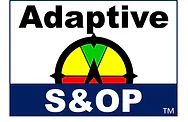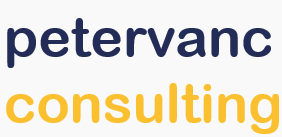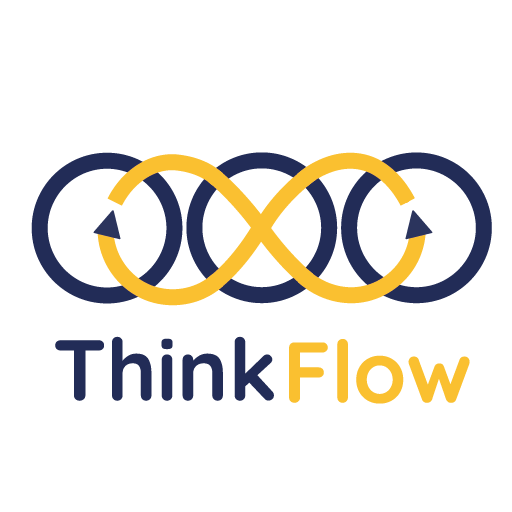The Demand Driven Adaptive Enterprise (DDAE) model is a management model enabling enterprises to sense market changes, adapt to complex and volatile environments, and develop market driven innovation strategies. The fundamental principle is to protect the flow. The DDAE model spans the organization’s operational, tactical, and strategic ranges through its three primary components: The Demand Driven Operating Model, Demand Driven Sales & Operations Planning, and Adaptive Sales & Operations Planning. The model utilizes a process of emergence, feedback and selection through adaptive cycles to continuously respond and adapt to the challenges of the VUCA world of today.
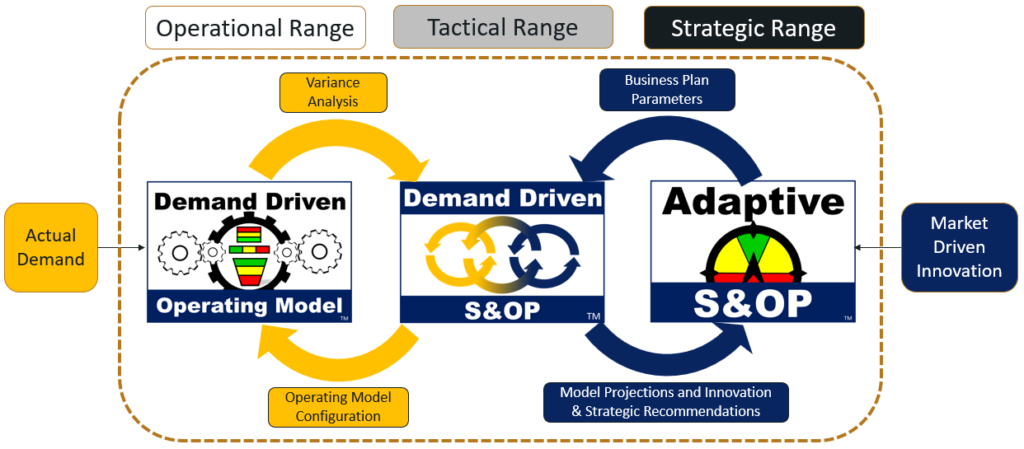
A Demand Driven Operating Model (DDOM) is a supply order generation, operational scheduling and execution model utilizing actual demand in combination with strategic decoupling and control points and stock, time and capacity buffers in order to create an agile system that promotes and protects the flow of relevant information and materials within the operational relevant range (hourly, daily and weekly). A DDOM’s key parameters are set through the Demand Driven Sales & Operations Planning (DDS&OP) process to meet the stated business and market objectives while minimizing working capital and expedite-related expenses.
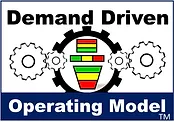
Demand Driven S&OP is a tactical bi-directional integration point in a Demand Driven Adaptive Enterprise between the strategic and operational relevant ranges of decision making. Operating primarily in the tactical relevant range, DDS&OP maintains and updates the parameters of the DDOM based on current and emerging business strategy supplied by Adaptive S&OP and the systematic review of past and projected DDOM performance. DDS&OP evaluates scenarios proposed in the Adaptive S&OP process in order to provide relevant DDOM projections. Additionally, DDS&OP recommends strategic alterations and/or internal innovations to leadership involving DDOM future capability and performance.

Adaptive Sales and Operations Planning is the integrated business process that provides management the ability to strategically define, direct and manage relevant information in the strategic relevant range and across the enterprise. Market Driven Innovation is combined with Operations Strategy, Go-to-Market Strategy and Financial Strategy to create strategic information and requirements for tactical reconciliation and strategic projection to effectively create and drive adaptation.
